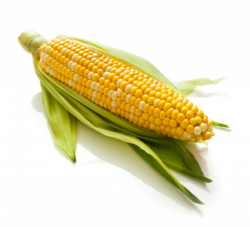Maize (Corn)

For many native peoples of the Americas, maize is one of the most prominent symbols found throughout their cultures. While commonly referred to as “corn” by many people today, in this article “maize” will be used exclusively to avoid any confusion.
In terms of symbolic significance, maize holds very much the same meaning as other similar foods. As a culinary staple and a symbol of life and fertility, it is analogous to wheat/bread in European and Middle Eastern cultures and to rice in many parts of eastern Asia (as well as some parts of South Asia).
Maize’s importance as a culinary staple was so significant that in some areas of the Americas, it was even a feature of local religious beliefs. A well-known example is the famous “Three Sisters” concept found among the tribes of the northeastern United States, as well as other areas. Along with beans and squash, maize was the primary food source of these peoples, and they even developed an agricultural method where the stalk of maize grew out of a central mound of earth, the bean tendrils wound up and around the stalk, and the squash plants grew in a mass at its base. This physical closeness and feeding from the same source of life helped to fuel the concept of ‘sisters’.
Among the Maya civilization of southern Mexico and Central America, maize was even a featured element in the story of creation. According to one version, the gods mixed their own blood with maize flour in order to create the first people, and to consume maize was literally to consume divine flesh. In addition to being a culinary staple and having a symbolic role in religion, maize has also been featured in countless works of art from throughout the Americas, in some cases dating back over two thousand years. The Aztec culture of northern and central Mexico and the Moche and Inca cultures of Peru are prominent examples of this trend, having incorporated maize imagery into their pottery and metalwork.
© Symbols.com
